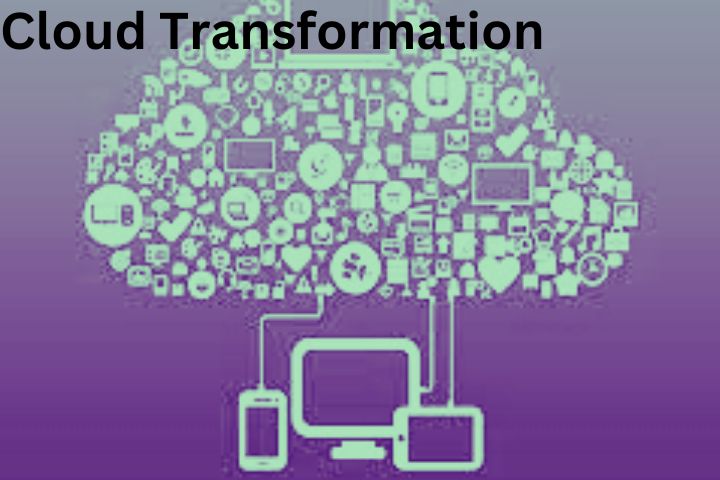
Intelligent automation improves the user experience for employees and customers alike. But companies need more than just bots and artificial intelligence to implement them.
Intelligently automated tasks and processes make day-to-day business easier for employees and strengthen customer loyalty. However, companies should not start automation projects without thinking. This is the only way to avoid unnecessary work and take full advantage of the benefits. Six important success factors of intelligent automation are presented below.
Automation: user experience
Normally, the development processes for internal and external apps in a company should be similar, but applications for internal use are often of lower quality. That’s because companies prefer to put their resources into applications for customers. The poor user experience of employee apps can frustrate the workforce and negatively affect the customer experience. For example, employees struggle with their application for several minutes before answering a request. Companies should look to internal apps for the same seamless and efficient user experiences as their external apps.
Reuse of design elements and logic
Developing applications from scratch is labor-intensive and expensive. Despite this, companies regularly try it as new business needs arise. The key to faster and cheaper development is reusing app building blocks. This includes design elements, functions, flow logic and connections to other systems. Stored in a central system, these can easily be used for all new applications, which – as a welcome side effect – offer a uniform user experience.
Intelligent Automation: Don’t follow every design trend
Companies often want to use the hottest designs and frameworks to make applications contemporary. However, this requires many developers and UX designers and ultimately results in a large inventory of differently designed legacy apps that cannot be properly maintained. It’s easier with low code because changes to the design and user guidance can be made once centrally and rolled out to all apps. In this way, innovative apps can be implemented without a large development team and their designs can be regularly and uniformly modernized.
Accept and gradually replace legacy applications.
Existing applications are often used as an excuse to postpone innovations. However, companies can modernize old apps and develop new ones, even if they are time-consuming. They have to find the right balance of using existing budgets to gradually clear away the mountain of old tools while launching targeted new projects that promote innovation and support change. Low code is a help because applications can be created quickly, cheaply and with little risk.
Low code isn’t just for small apps.
Sometimes dismissed as a solution for small productivity tools and internal apps, low code can also be used to create innovative, scalable, enterprise-class applications. A low-code platform is a real driver of innovation because business specialists participate in the development processes so that more employees can try new things faster.
Automation: Process analyzes improve workflows
With online services and applications for end customers, continuously evaluating user behaviour to improve the services and apps is common and widely accepted. This principle can be transferred to the world of work. Technologies such as task mining, process mining and AI-based process analysis help to gain deep insights into work processes. This way, companies track down suboptimal processes and recognize where employees waste time with irrelevant tasks. They can then redesign processes and effectively support employees with automation.
RPA and AI are powerful helpers for intelligently automating processes. But only with low code can helpful productivity tools, business apps and customer applications be created quickly and cost-effectively and maintained and improved in the long term without great effort. Low code allows companies to optimize employee and customer experiences without tying up extensive resources needed in large transformation projects.









